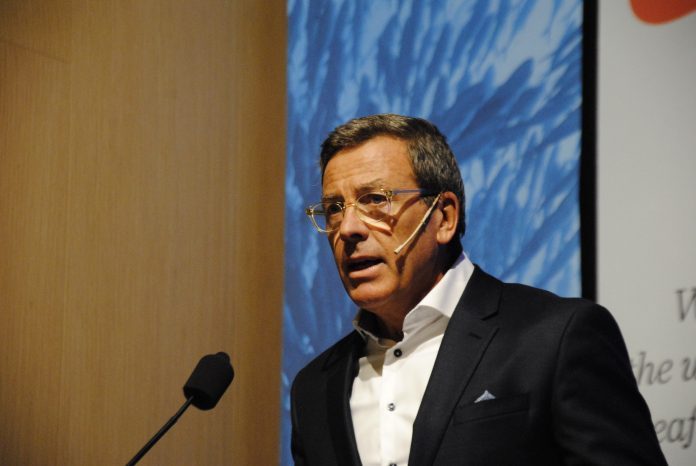Capital increase will allow the company to return to production levels reached in 2019-2020 before disastrous algal blooms struck.
On Monday, at the extraordinary general shareholders’ meeting of Chilean salmon farmer Salmones Camanchaca, a capital increase of up to US$30 million was unanimously approved.
According to a press release issued by the company, the Vice President of the board, Ricardo García Holtz, explained the decision in the context of the low prices triggered by the pandemic and the algal blooms of the exceptionally dry summer of 2021. Holz outlined how the capital increase will allow Salmones Camanchaca to meets its production target of 70,000 tonnes by the middle of the decade.
Holtz said, “The company’s management has proposed an extraordinary investment plan that will help reduce these risks in the future, consisting of three aspects: the first is to reduce the planting and harvesting of salt flats in the fjords of the Los Lagos Region, replacing them with sowing in own centers of the Aysén Region that enjoy better water renewal and less risk of blooms or lack of oxygen. The second is to equip the centers that are exposed to these risks with devices, technologies and equipment to mitigate them. And finally, in the centers located in the fjords of the Lake region, partially replace the Atlantic species with the Coho species, which is harvested before the summer.”
The capital increase will allow the company to recover production levels to those achieved in 2019-2020.
Holz explained, “We estimate that the reconstruction of the biological asset lost in the algal events this summer, can be financed with the generation of operational flows that we expect to see from the fourth quarter of this year 2021.”
The VP continued, “Looking ahead, demand looks very robust. Not only have people returned to restaurants and hotels, but now they are eating more salmon at home, and the reflection of that is that in the last few months we have seen the highest prices in history. For us, this demand signal means that the consumption trends that existed before the pandemic have remained intact.”









